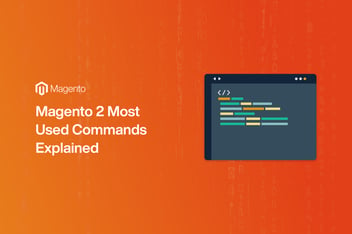In recent years, the world of ecommerce has witnessed a groundbreaking transformation, thanks to the rise of Quick Commerce (Q-Commerce) apps like Uber Eats and Dunzo. These companies have been at the forefront of changing the way we shop online, offering rapid 10-minute deliveries that were once considered a marketing gimmick. This article delves into the phenomenon of Quick Commerce, exploring its key components, challenges, and potential impact on the retail industry.
Quick Commerce Essentials
Quick Commerce revolves around the idea of ultra-fast deliveries, challenging the conventional ecommerce model. The key to this rapid service lies in the implementation of dark stores, micro-warehouses strategically positioned near customer bases. These dark stores stock a curated selection of products, optimizing their layouts for efficiency. When an order is placed through the app, an intricate logistics system comes into play, orchestrating each step of the delivery process to ensure the fastest possible turnaround.
Profitability Challenges
Despite the promise of speedy deliveries, Quick Commerce companies face several challenges on their road to profitability. One major hurdle is the high cost of last-mile delivery. Delivery personnel often command substantial salaries, and the attrition rate in this industry is notably high. As a result, delivery costs can escalate quickly, impacting the company's overall profitability.
Moreover, Quick Commerce companies struggle with achieving a substantial order value per customer. Market research suggests that people often use these apps for unplanned, smaller grocery orders. For these companies to turn a profit, they need to encourage customers to order larger baskets of goods. However, setting high order value requirements risks compromising the convenience that is the core of Quick Commerce's appeal.
Differentiation and Competition
To thrive in this competitive landscape, Quick Commerce companies must differentiate themselves. Speedy deliveries alone are not enough. Maintaining a diverse and well-stocked product assortment is crucial. Customers need to find everything they require conveniently on the app, which sets these companies apart from traditional brick-and-mortar stores or local grocers.
Quick Commerce providers also face competition not only from their peers but also from local grocers who may adopt similar delivery apps. If local stores offer comparable services, the unique value proposition of Quick Commerce diminishes. Hence, these companies must continually innovate and enhance their services to stay ahead.
The Giant Players
While Quick Commerce companies navigate these challenges, industry giants are keenly interested in this space. They have the resources and scale to potentially revolutionize Quick Commerce. By leveraging their vast product offerings and supply chain capabilities, they could take the Q-Commerce concept to new heights.
Quick Commerce is transforming the ecommerce landscape with its lightning-fast deliveries and innovative approach. While challenges exist, the potential impact on the retail industry is undeniable. As industry players continue to adapt and evolve, Quick Commerce's influence on how we shop is likely to grow, offering consumers unprecedented convenience and speed.




